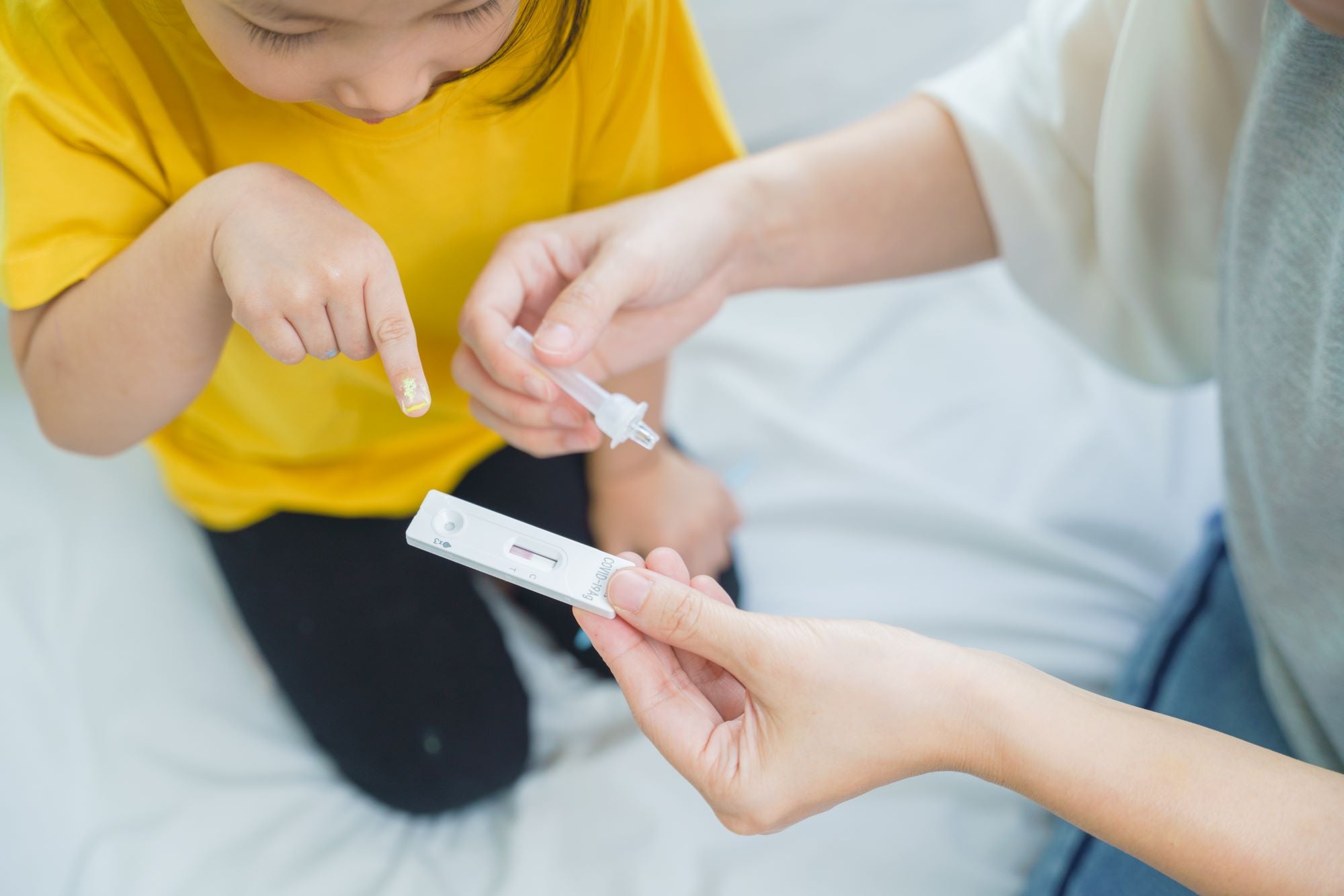
Self-testing has become a regular part of life thanks to Covid-19. The world relied on lateral flow tests (LFTs) to track and trace the virus, stop its spread, and identify variants of concern.
The 11 March marked two years since the WHO declared Covid-19 a global pandemic. A recurring protagonist of the two-year saga has been the at-home Covid-19 test which has seen millions (perhaps billions) of both adults and children become all too familiar with the tech.
As CEO of NHS Confederation (the membership body for organisations that commission and provide National Health Service services) Matthew Taylor told Medical Device Network, “the Covid-19 pandemic has meant we have become familiar with self-testing, putting us at the heart of the diagnostic process.”
Taylor said he believes that the diagnostic revolution in 2022 will only accelerate, “bringing in an age of more predictive, personalised and self-managed medicine” and will make a major difference to our health and life expectancy.
“We will embark on a future in which healthcare is as much about prediction, prevention and personal action as the treatment of patients by professionals,” Taylor wrote in a recent Wired op-ed.
Covid-19 closed the self-testing skills gap
The LFT is designed to be cheap, accurate, easy to use and deployable to practically all environments and adaptable for diagnostics in multiple indications. Prior to the pandemic, it’s most well-known use was likely the pregnancy test.
However, it wasn’t until Covid-19 that LFTs became embedded in public knowledge. These tests are ideal for an instant answer without seeing a healthcare professional.
“Covid has expanded people’s knowledge of the benefits of lateral flow, and education was always one of the hurdles,” explained director of assay development at nanoComposix, Andre Alfaro in a recent interview with News Medical & Life Sciences.
“People have previously been scared of what they did not know. However, now with the global adoption of rapid diagnostics, people are interested in using these tests to monitor their own health.”
They may want to address stress, having the flu, or organ function, as some ideas, and these questions can all be addressed via LFTs, he said. “Thanks to Covid, a new world is being created.”
Covid has meant that most of the world has had to upskill and people can now correctly collect a sample, mix it with a solution, add that solution to a test or strip and interpret a result. He explained that prior to the pandemic, expecting people to be able to do this was unrealistic as we were far less used to self-testing of this kind.
“The gap in complexity between a pregnancy test and a Covid test is significant, and we bridged that entire gap during the course of the pandemic.”
Another way to decentralise healthcare
The decentralisation of healthcare means shifting care away from hospitals, GP practices, labs and clinical trial sites. Covid-19 has dramatically accelerated the move to decentralisation, a shift the industry had been aiming for prior to the pandemic starting.
LFT’s have proven their ability at reducing the spread of infectious diseases and the burden on healthcare systems. As well as these uses, Alfaro says LFTs can be used in the realm of wellness or general health surveillance.
In the next few years, tests will only continue to become less invasive and easier to use, meaning that more markers and measures will be able to be conducted in patients’ homes in their own time.
Tech to support testing
Smart devices, wearables and apps will help propel this move by providing “day-to-day monitoring of health and wellbeing into a practical continuum of self-care” as Taylor said in his Wired op-ed.
In the coming years, it will be important to ensure that these technologies are safe for use in a public setting.
ORCHA, the Organisation for the Review of Care and Health Apps, an independent health app review service, provides app libraries for 70% of NHS regions. Founded in 2015, the organisation has reviewed 17,000 digital health products to date.
We asked the organisation how many of the ‘diagnosis’ apps they have reviewed meet their baseline of acceptability.
“ORCHA has reviewed 301 apps using those terms [“diagnostic”, “diagnosis”, “diagnose”]. Of these, only 118 scored 65% or above. So less than half met our minimum quality standard for inclusion on our app libraries,” the organisation tells Medical Device Network.
Implications of a self-testing revolution
One of Taylor’s reservations around the revolution of self-testing is that such a shift could, eventually, lead to an increased burden on healthcare systems as more people are likely to test for the sake of testing.
“Although med-tech offers the long-term prospect of shifting to earlier prevention, the more immediate effect could be more people wanting more interventions,” he says, which would have a knock-on effect on demand for health care and in turn capacity.
In the future there will be more checks available covering a wider range of conditions and the tests on offer will become increasingly more accurate and will be better developed and targeted,” he says.
Additionally, Taylor cautions that a self-testing revolution could exclude the most underprivileged and vulnerable patients if the opportunity is not distributed fairly.
“The pandemic has also shone a harsh spotlight on health inequalities and without concerted action, those who are already empowered will be the ones who grasp the new opportunities that testing and new med-tech offer,” he says.



